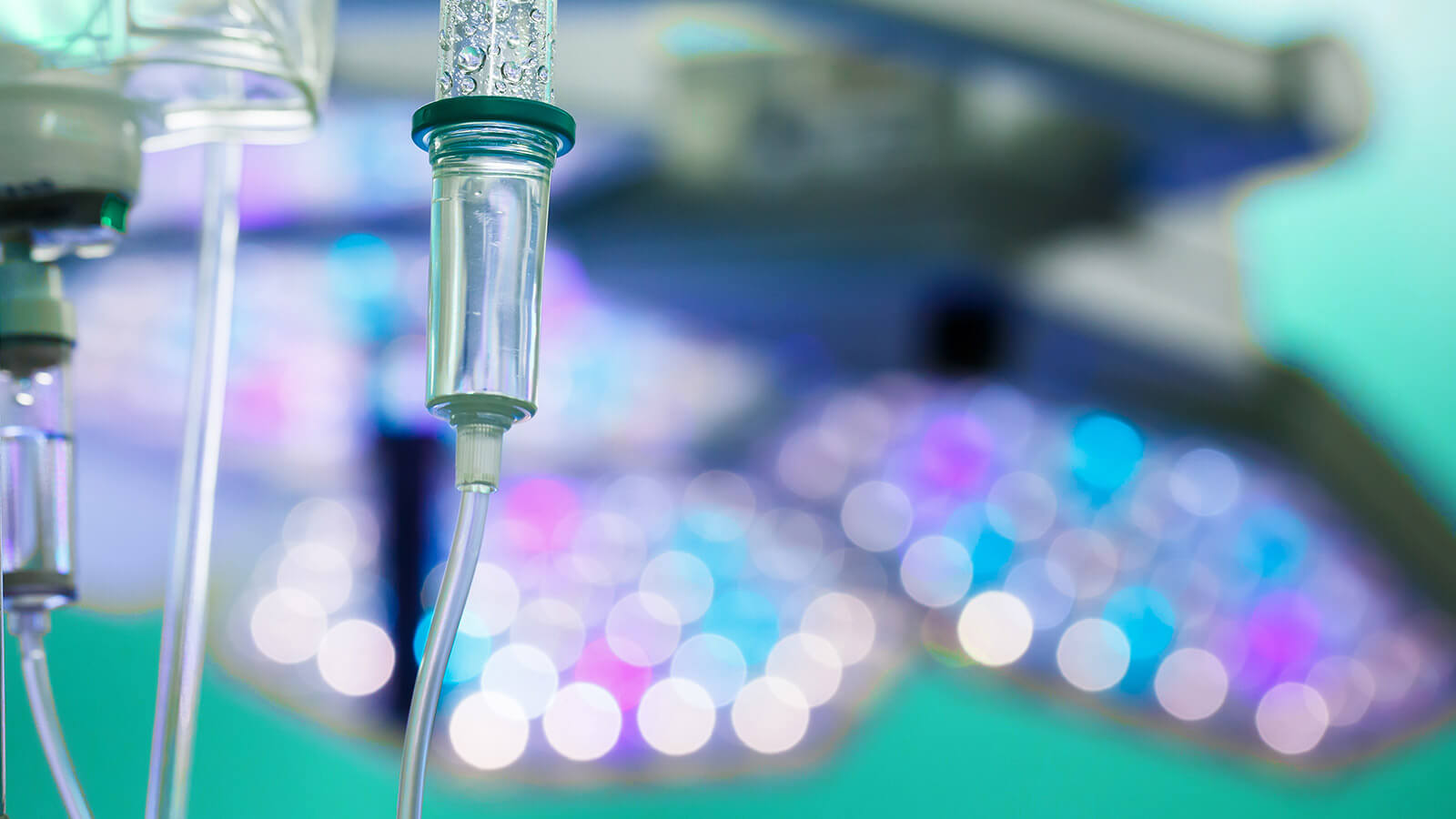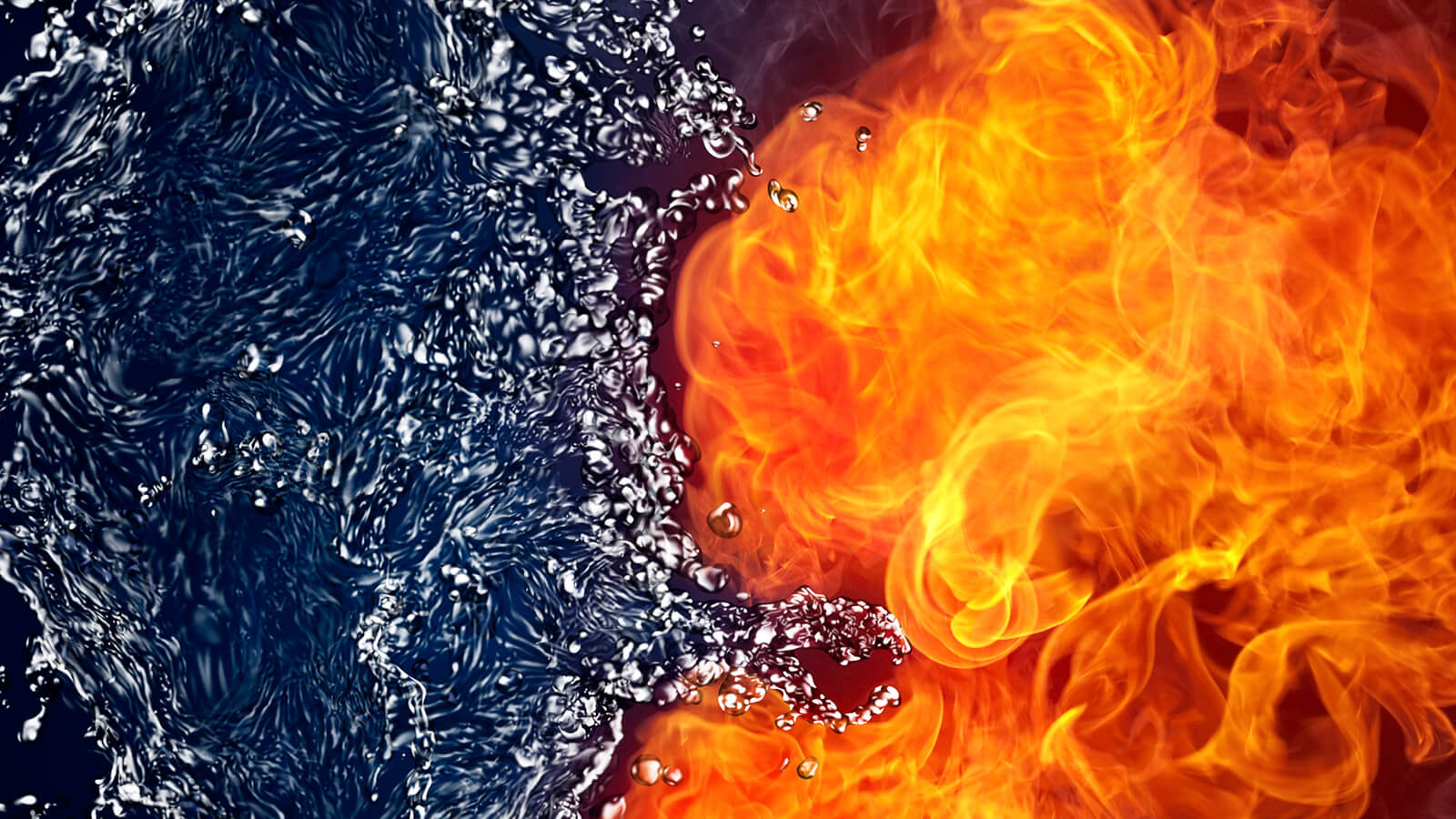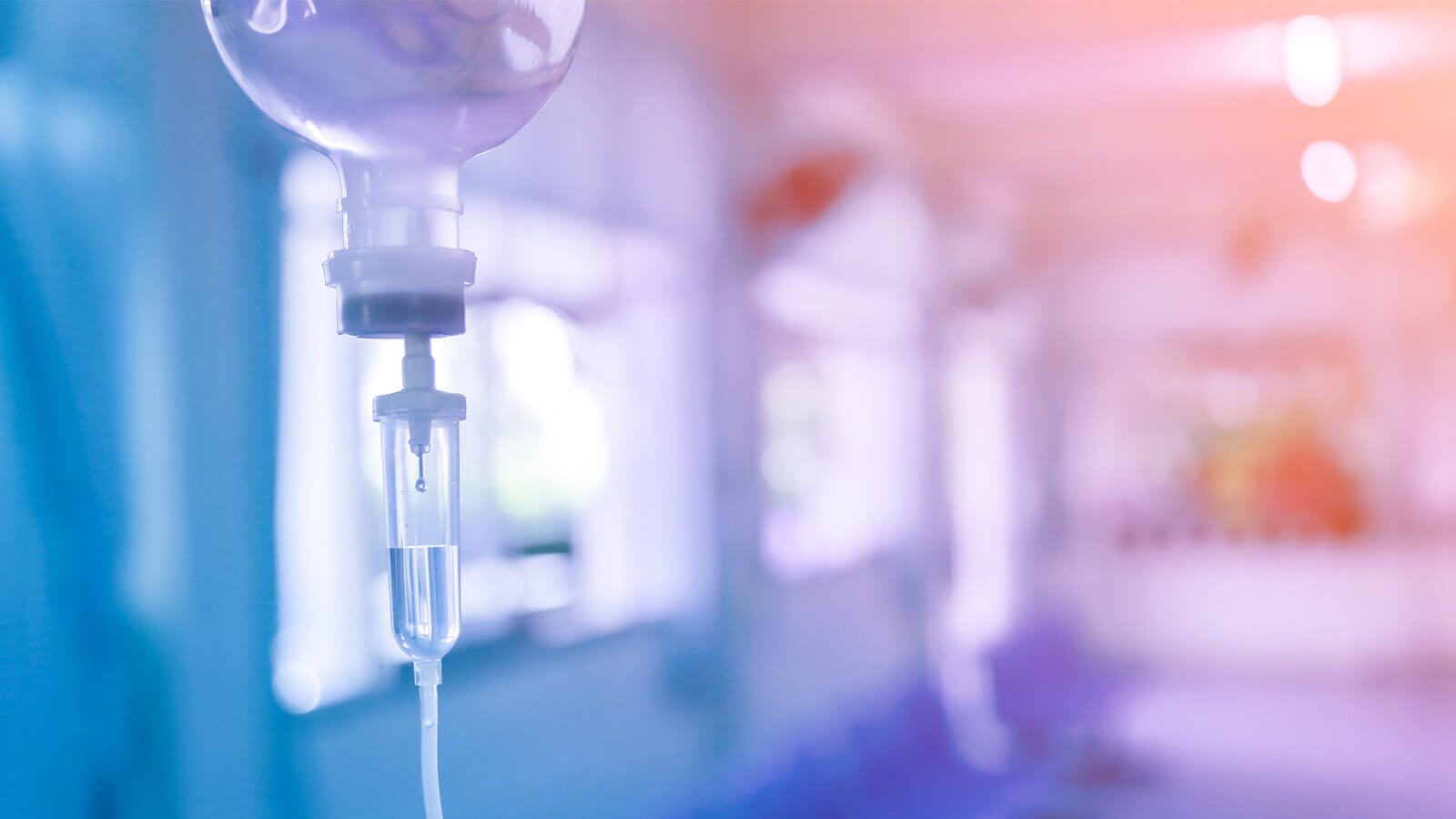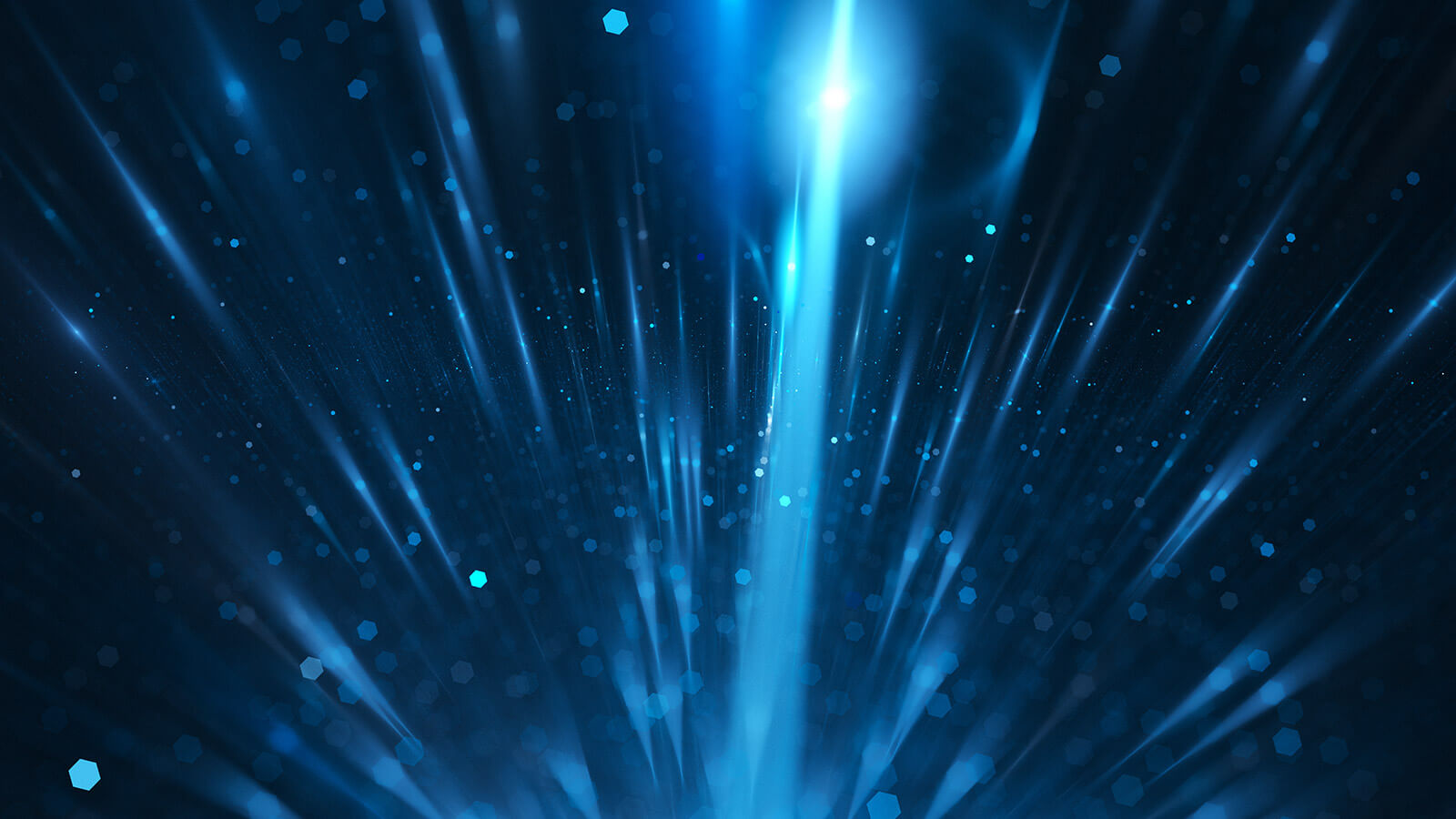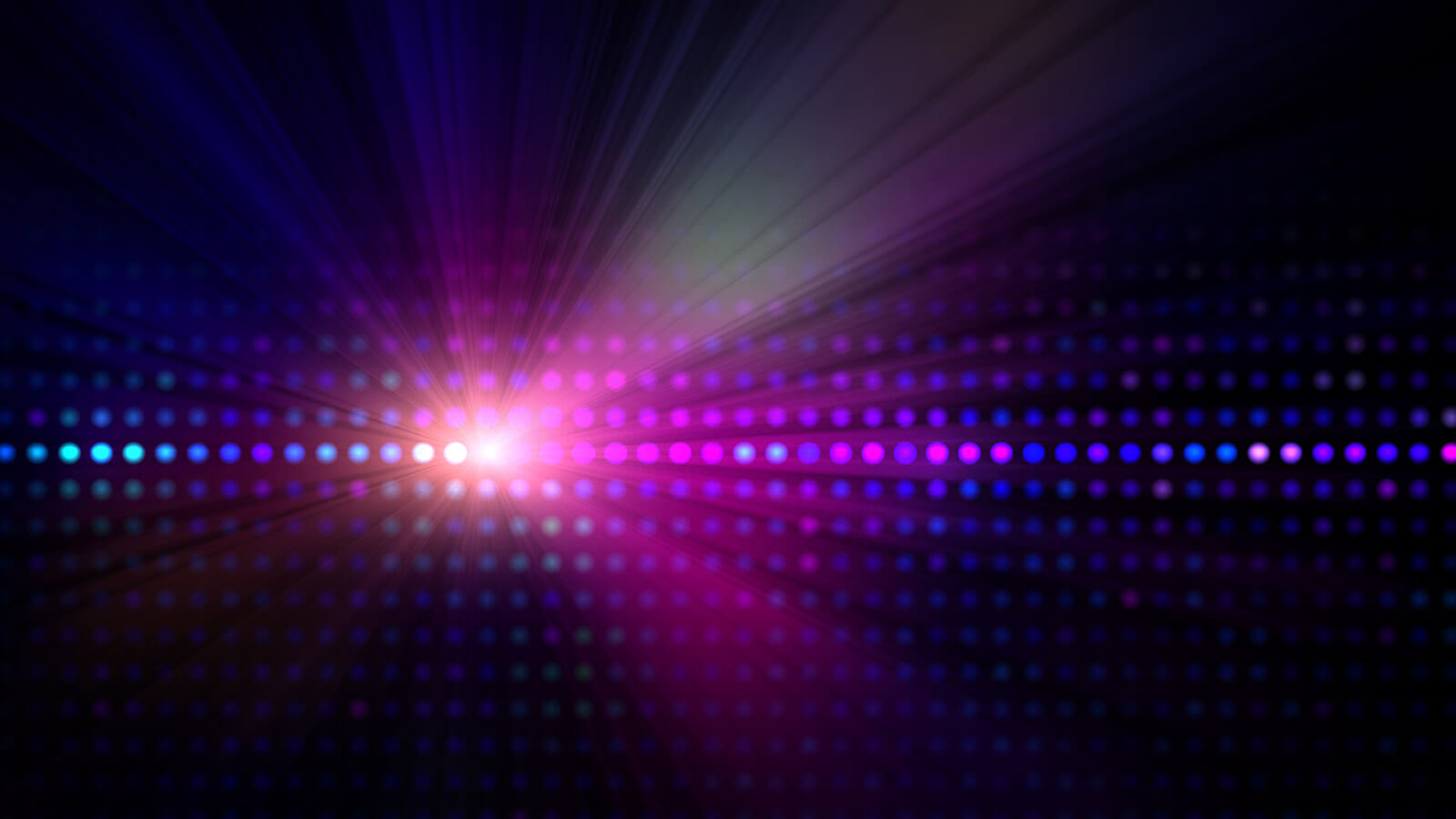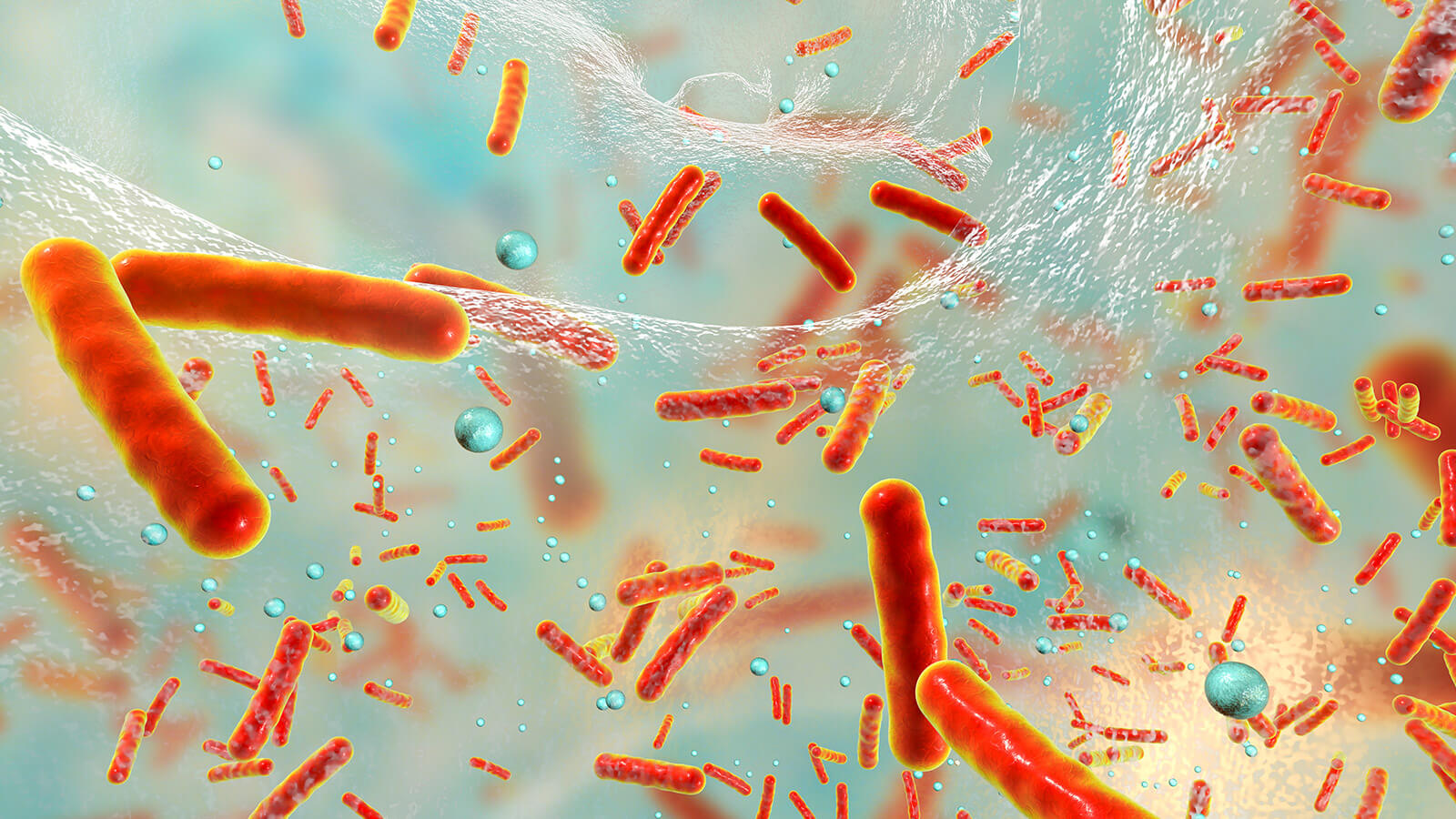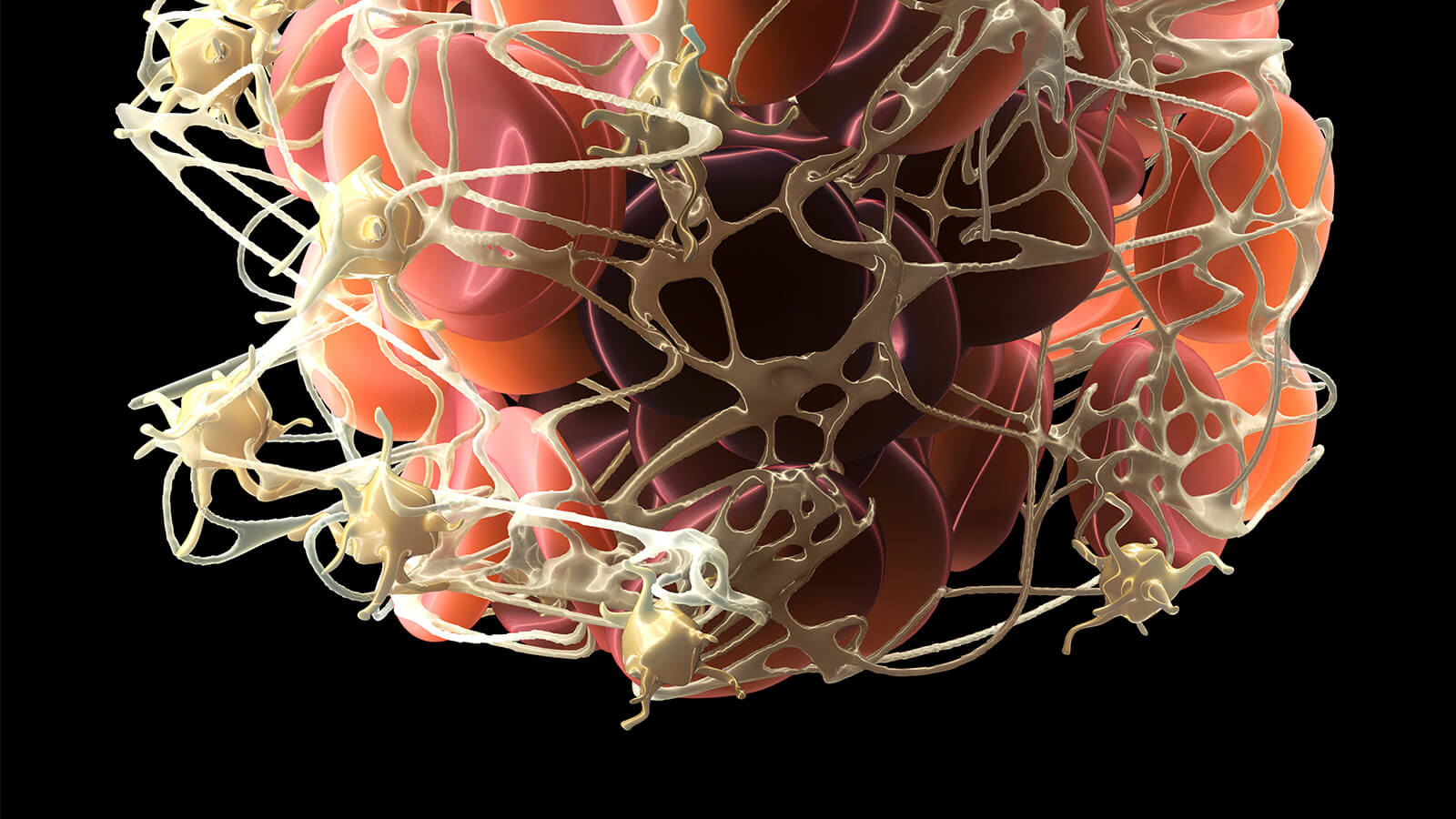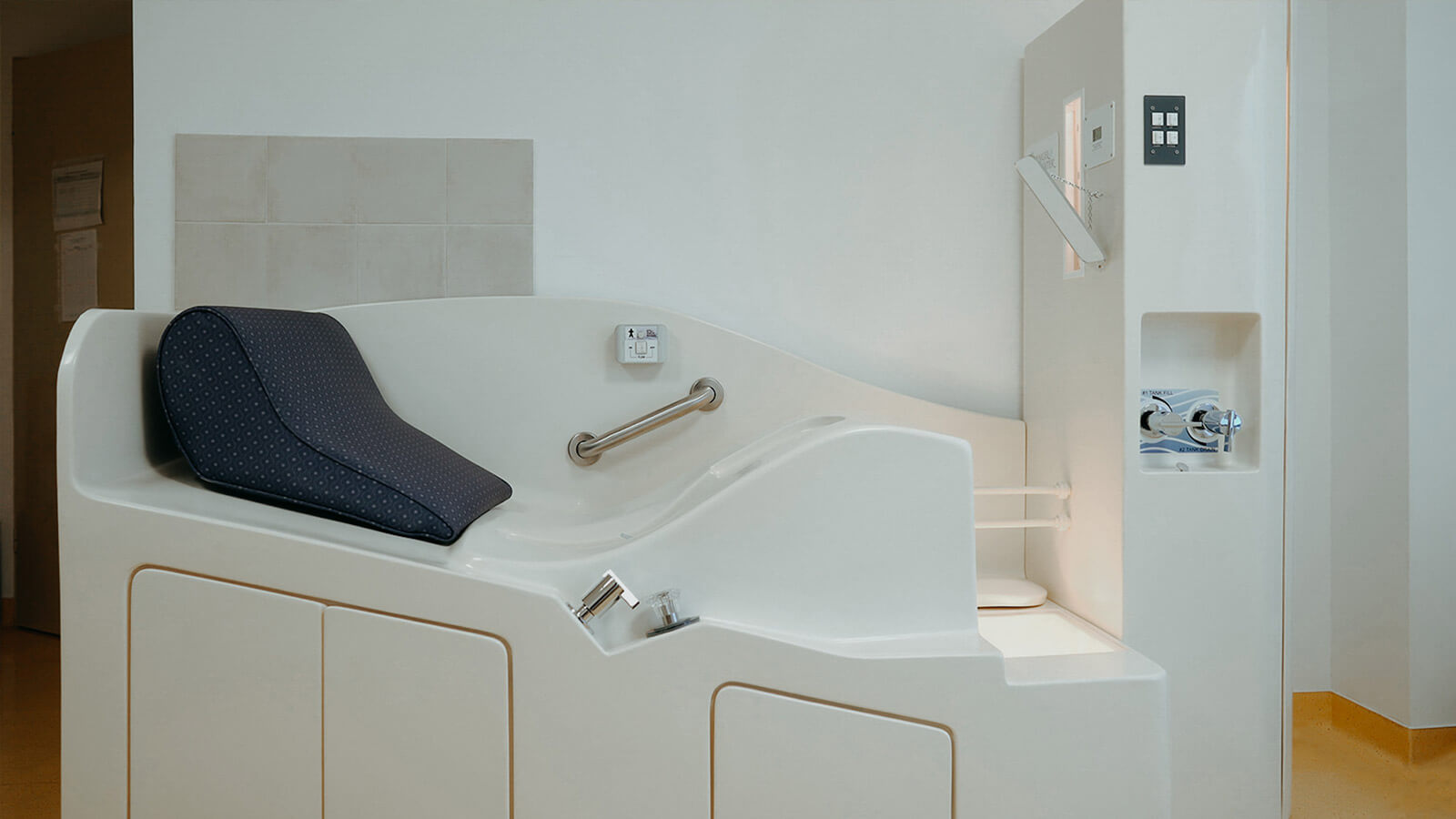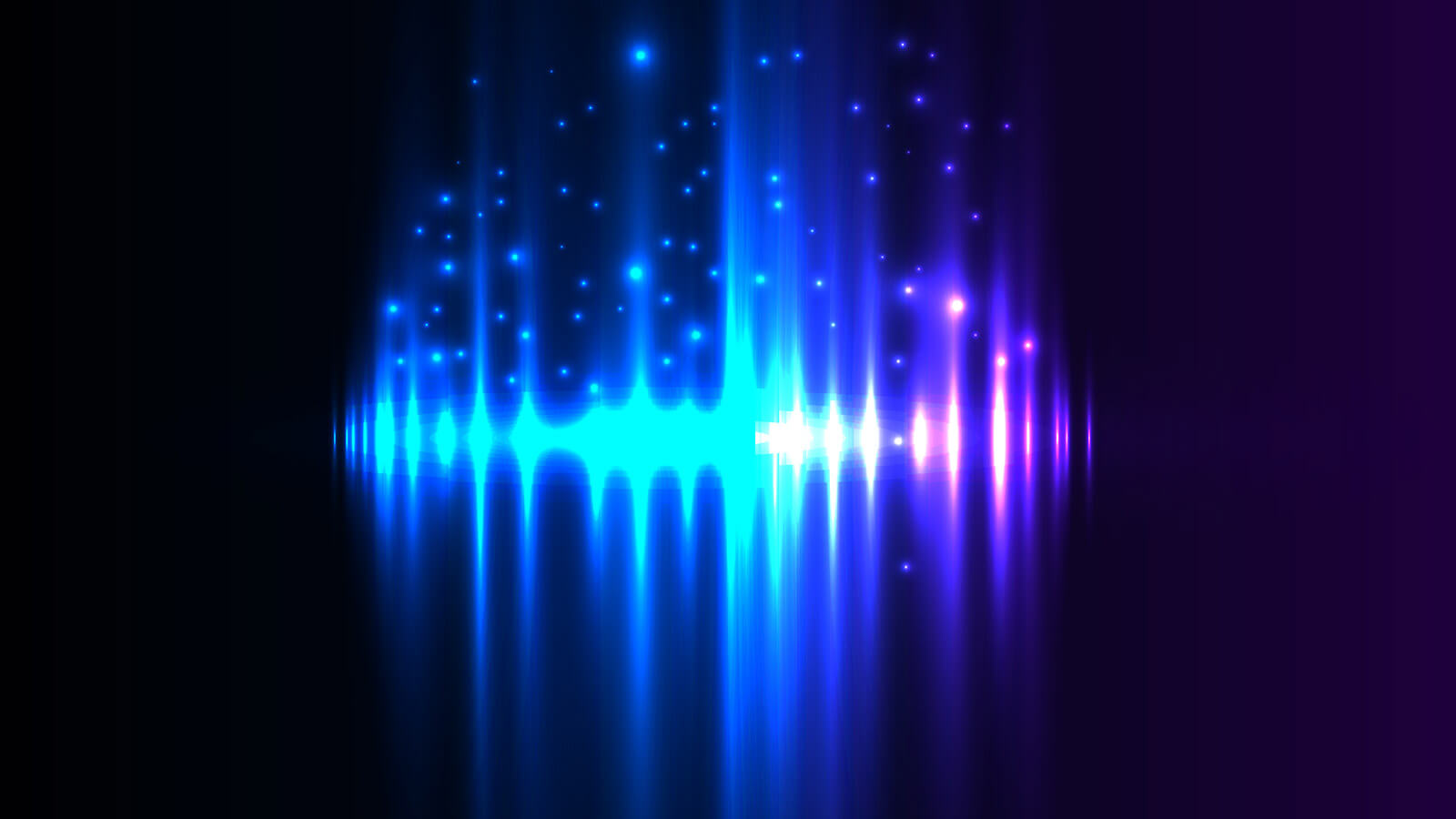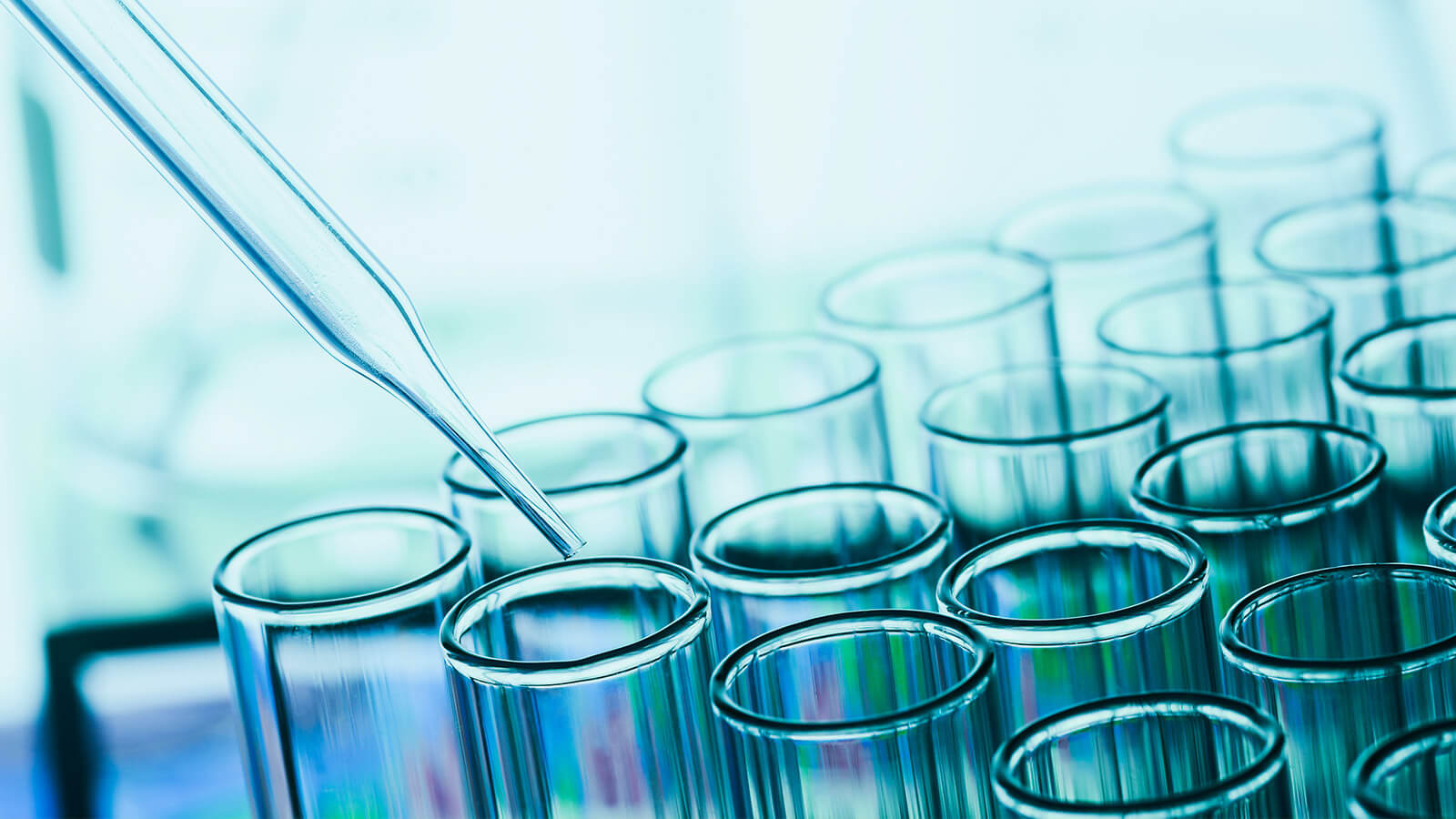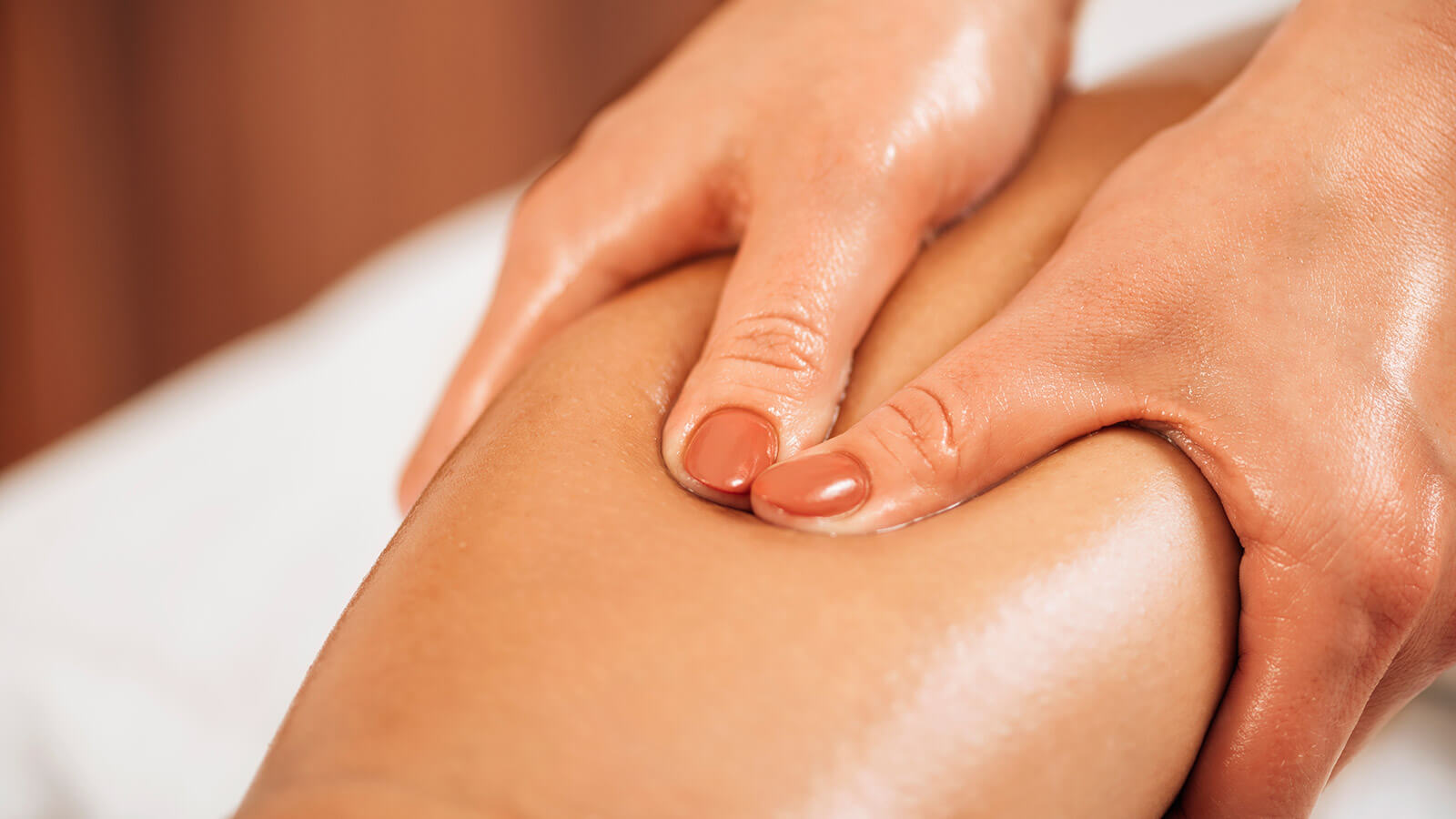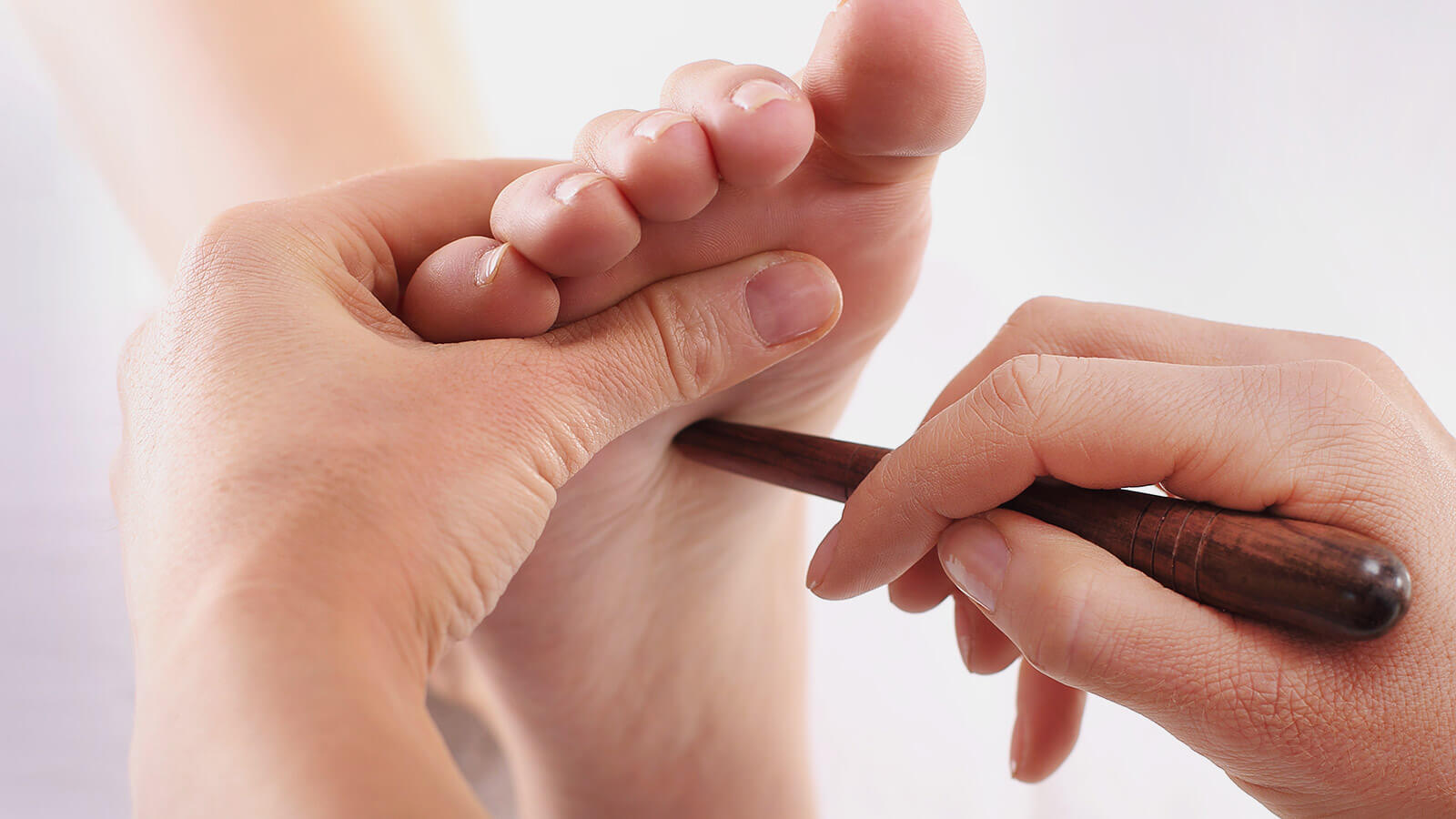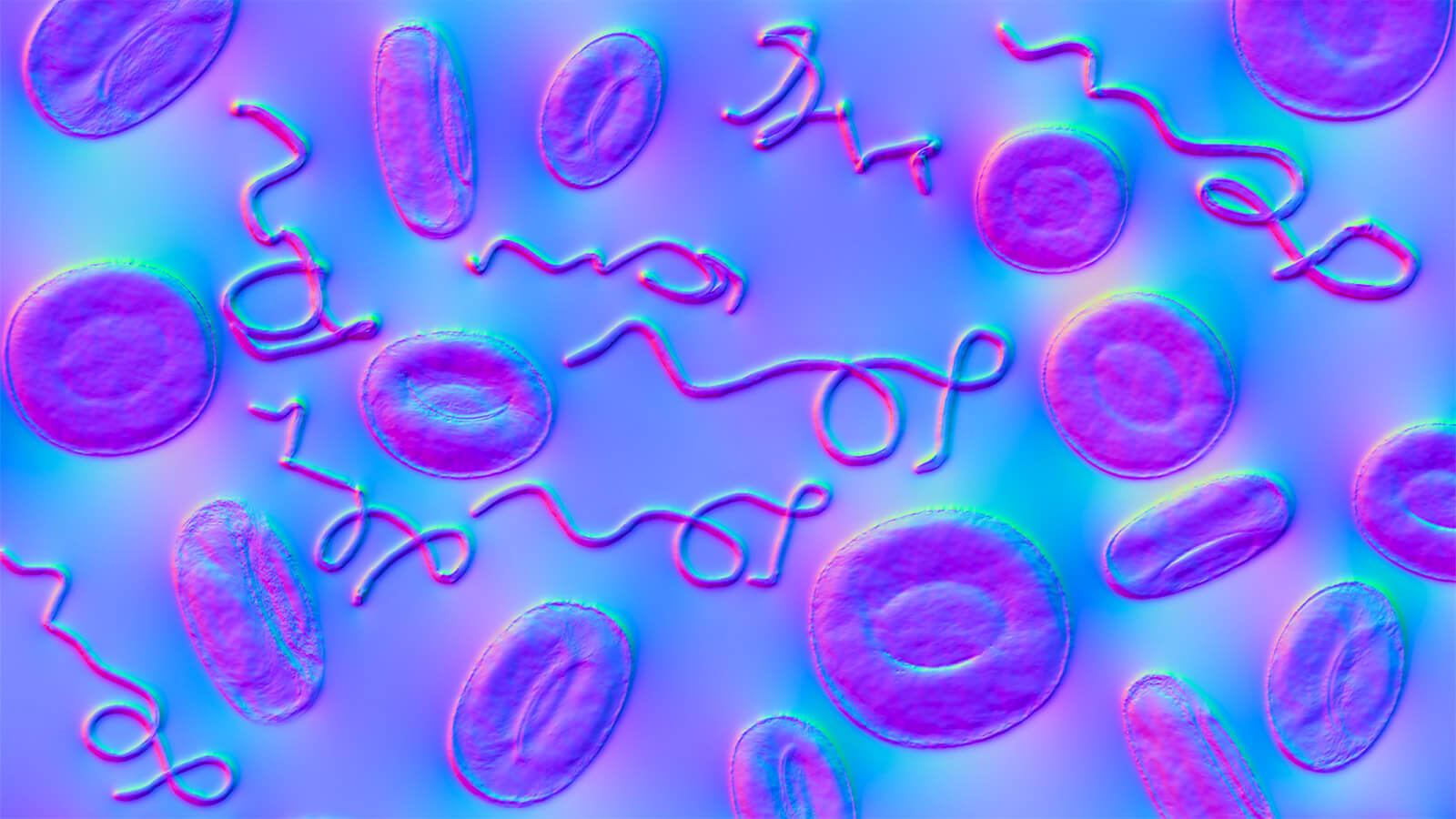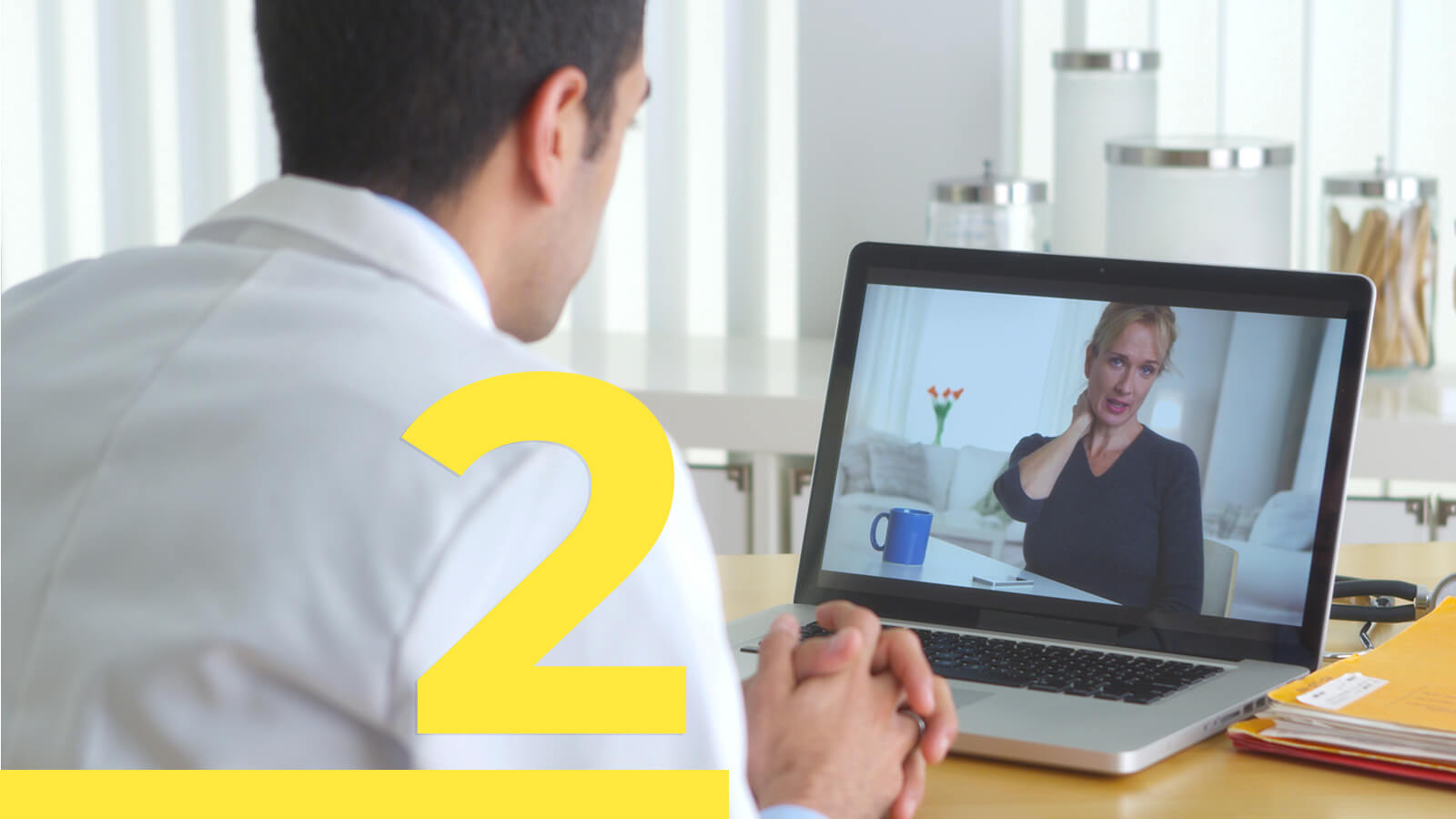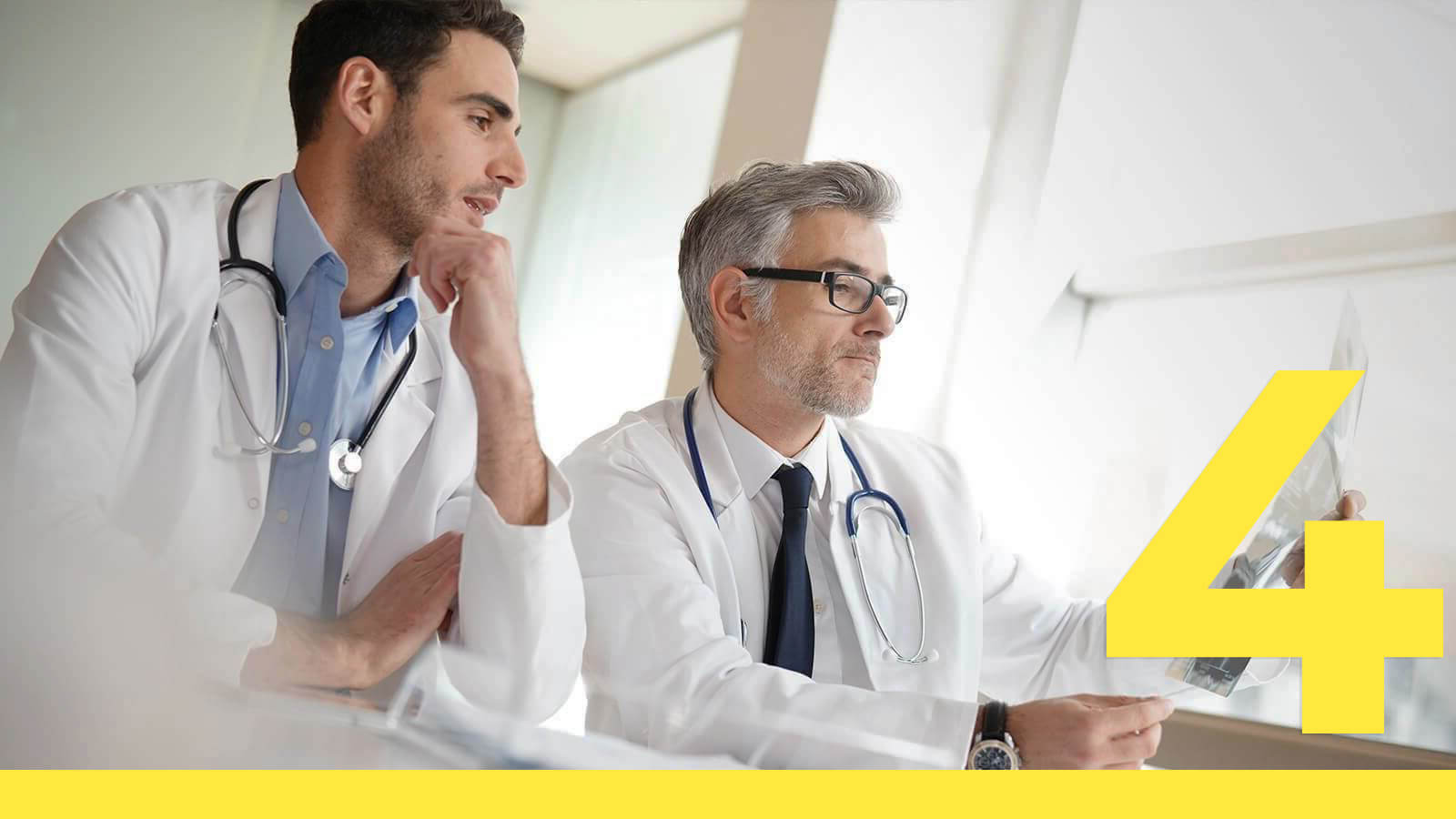
Multimodal Lyme therapy at ImunoMedica Clinic
The multisystemic and multidimensional nature of Lyme disease proves that one can achieve the cure only with a multimodal and integrative approach. Therefore, we introduced most therapies that have been proven effective in treating Lyme infection and associated co-infections, as well as in the recovery from the disease.
Thus, we administer conventional antibiotic-centered therapies associated with treatments such as total hyperthermia and hyperbaric oxygen and complemented by other therapies such as vitamin C infusions or other anti-inflammatory and bactericidal extracts. The treatments that aim at restoring the microbiome and enhancing detoxification mechanisms play an important role in counteracting the Herxheimer reaction specific to the destruction of biofilms and bacteria.
Standard and
adjuvant therapies
in Lyme disease
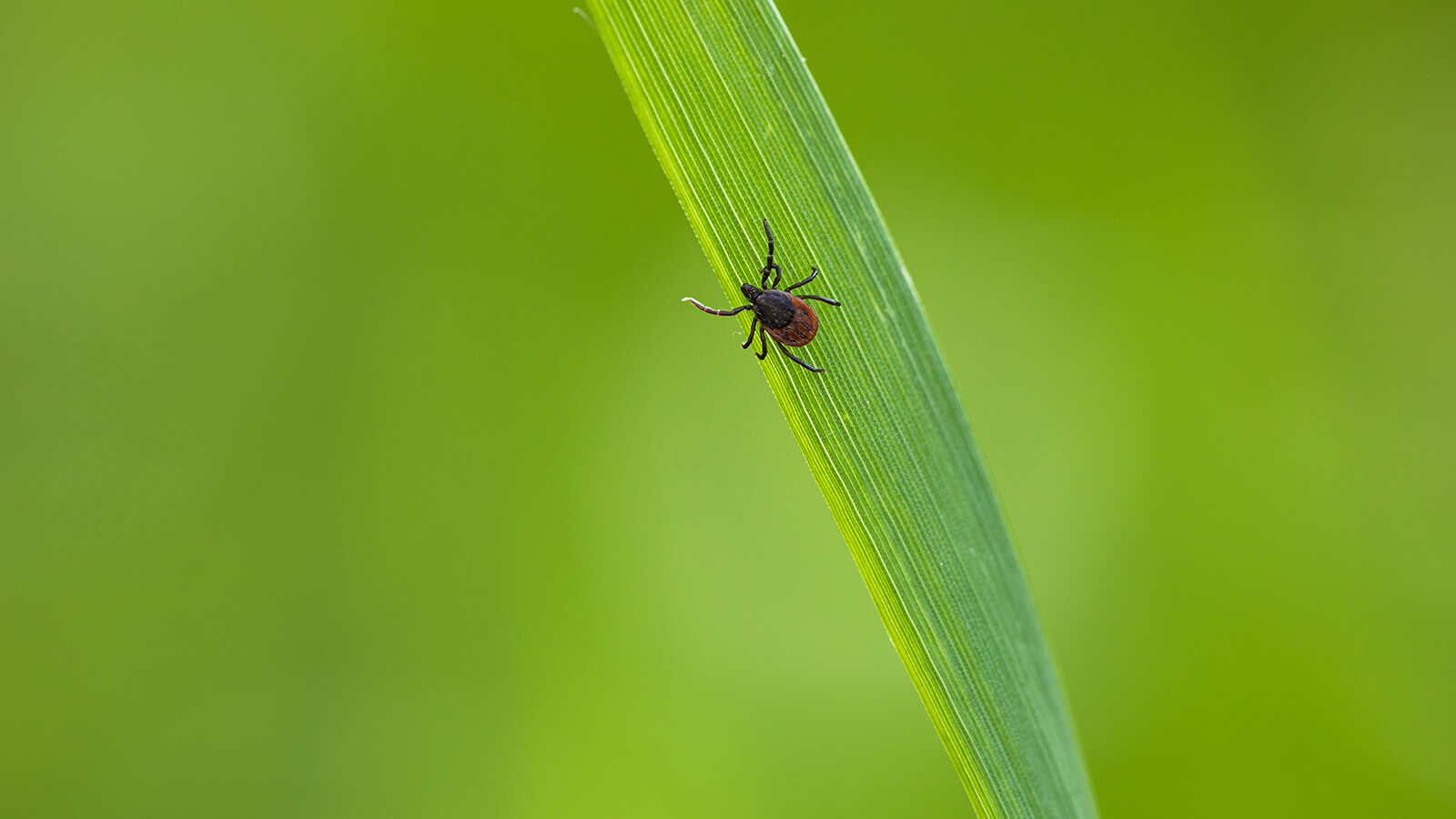
Most of the time, the tick bite does not only transmit Lyme disease. In many cases, it is associated with other microorganisms that induce pathologies that are often overlooked in the treatment of Lyme disease. Among the most critical co-infections of Lyme disease, we find Anaplasmosis, Babesiosis, Bartonella, and Ehrlichia.
Secondary co-infections or opportunistic infections such as Candidiasis, Chlamydia Pneumoniae, Cytomegalovirus, Epstein Barr Virus, Human herpes virus 6, streptococci, and mycotoxins also flourish on the ground of suppressed immunity from Lyme disease. All this means that in treating Lyme disease, therapies that play an essential antiviral, antifungal, and anti-infective role, generally therapies that stimulate immunity, should also be taken into account.
Oxidative bactericidal
and antiviral therapies
in Lyme disease
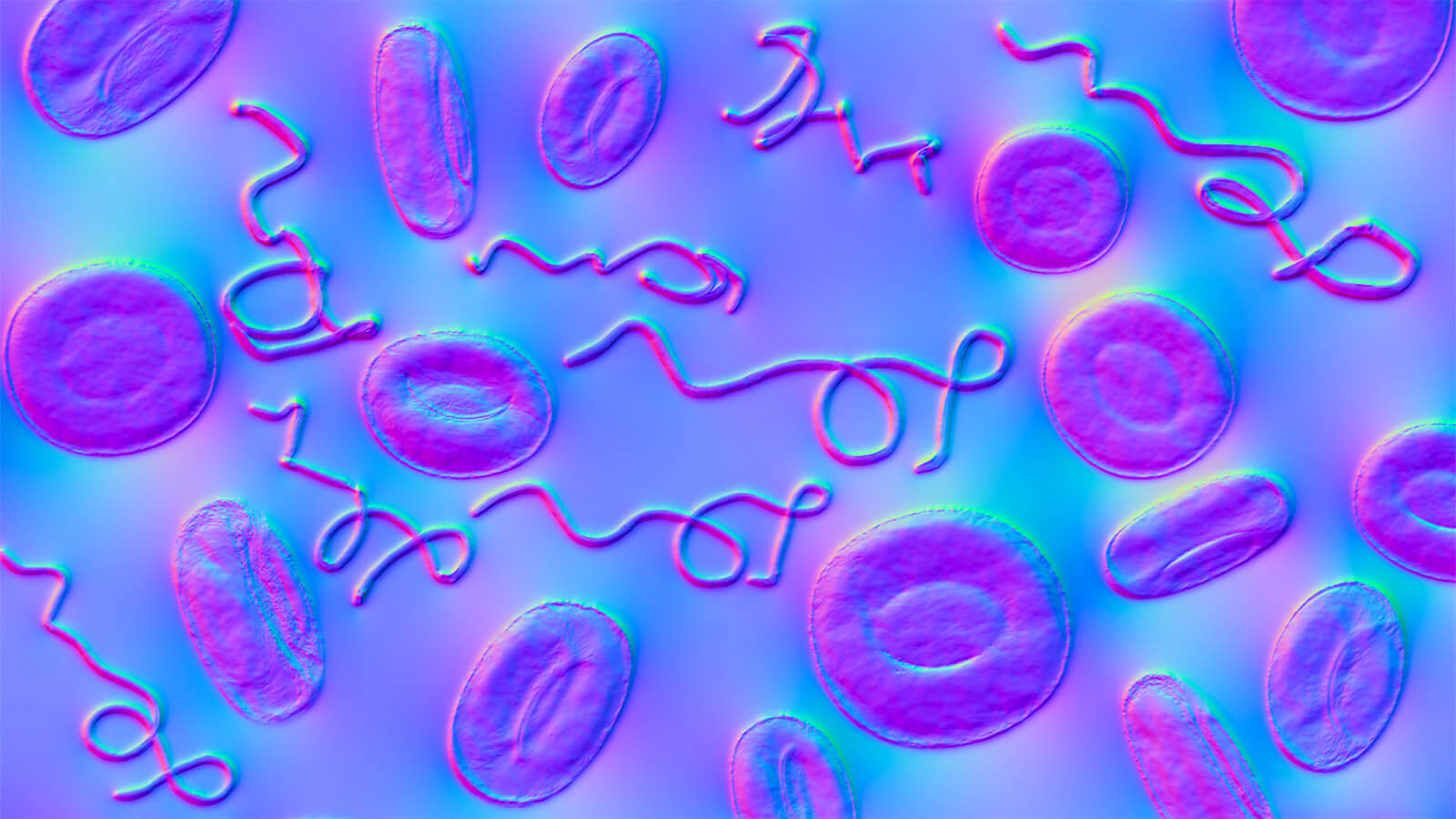
Borrelia burgdorferi can persist in the human body, not only in spirochetal form but also in antibiotic-resistant biofilm form. And resistance to antibiotic treatment can be recorded even after long-term antibiotic therapy.
Treatment resistance and disease recurrence are associated with biofilm-like aggregates in Borrelia burgdorferi, Borrelia afzelii, and Borrelia garinii both in vitro and in vivo. This fact allows Borrelia to withstand the most adverse environmental conditions and explains the need for therapies that contribute to biofilm destruction in advanced forms of Lyme disease.
Biofilm destruction
and toxin removal

The destruction of spirochetes and the release of a large number of endotoxins into the blood leads, in many cases, to the appearance of the Herxheimer reaction. This fact involves worsening symptoms, with the formation of mild fever, joint pain, headache or myalgia, a strong feeling of being sick, or other symptoms encountered before. Detoxification and antioxidant therapies help eliminate endotoxins from the body more quickly or neutralize their effect.

An essential feature of Posttreatment Lyme Disease Syndrome is the triggering of an excessive pro-inflammatory response during the infection that persists into the post-infectious period. This mechanism can lead to a chronic inflammation syndrome, persistent even after the end of antibiotic treatment. In Lyme arthritis, this inflammation results in synovial tissue damage, vascular damage, and fibrosis.
As for Neuroborreliosis, inflammation of the brain or the central and peripheral nervous system induces a state of permanent fatigue, mental confusion, headaches, insomnia, memory loss, demyelination, neurodegeneration, etc. These are just some of the effects of chronic post-treatment inflammation that require an anti-inflammatory therapeutic approach until the inflammation subsides and the person can resume a normal life.
Anti-inflammatory and
antioxidant therapies
Manual therapies
Frequently asked
questions about
Lyme disease therapy
-
How long does the treatment of Borreliosis last in the Immunomedica clinic?
The treatment takes place over three weeks. Suppose there is advanced neurodegeneration on peripheral nerves and beyond, with cortical damage and demyelination. Specific therapies, such as hyperbaric oxygen should continue for up to 30 days to improve neurogenesis and angiogenesis.
-
What are the side effects of the proposed therapies?
A specific toxicity assumes any treatment with antibiotics, but the other associated therapies, such as restoring the microbiome's health, will not only prevent the antibiotics from harming the body but will improve immune processes, nutrient assimilation, and other vital processes dependent on healthy gut flora.
-
Can therapy lead to a worsening of symptoms?
Indeed, the Herxheimer reaction produced by the elimination of endotoxins following the destruction of spirochetes can lead to such a phenomenon, but supporting the body through detoxifying therapies has this role precisely, to eradicate this reaction or to diminish it to the level where it becomes insurmountable.
-
Can I receive a personalized treatment program?
Yes, but only after you contact one of our clinic doctors to inform us about your health, disease history, and tests.
One of Europe's Premier Lyme Disease Treatment Centers Operates at ImunoMedica Clinic
How can you become a patient of our clinic?
Throughout the whole process, from your initial contact, through treatment and after you leave our clinic, our patient coordinators will guide you through the steps and support you with all their expertise, attention and kindness.
*
We are here to help you
Our patient coordinator will contact you soon
Phone: +40.771.518.946, e-mail: office@imuno-medica.ro

